“Ghost with Two Hearts” Book Review by Carmen J. Otto
The book “Ghost with Two Hearts,” is an absolutely amazing read! The way Michael French wrote this book makes it so easy to pick although very difficult to put down. “Ghost with Two Hearts” has an amazing storyline, and made me feel as if I were a part of Adrian’s trip to Japan. After reading this book I am rethinking the clear definition between right and wrong. You should do the right thing even if it might not benefit you although I think sometimes our human nature convinces us that if it doesn’t benefit us, it can’t be the right thing. I often found myself taking pause to contemplate my own life while I was experiencing Adrian’s adventure.
I would give this book 5/5 stars because of how interesting the book was and how the plot twists kept me guessing. After reading “Ghost with Two Hearts,” I want to read all of the other books Michael French has written.
I would recommend this book to anyone that loves adventure and who enjoys not knowing what to expect next!
Bio for Carmen J. Otto
Hi! I’m Carmen and I’m a high school sophomore who lives in the corner of a cornfield in chilly Wisconsin. I love cows and horses and I tolerate all of my siblings (there’s six of us)…kidding, not kidding… I do however love to read and my room is filled with books of all kinds. I enjoy discovering new authors and going on adventures through books.
The book “Ghost with Two Hearts,” is an absolutely amazing read! The way Michael French wrote this book makes it so easy to pick although very difficult to put down. “Ghost with Two Hearts” has an amazing storyline, and made me feel as if I were a part of Adrian’s trip to Japan. After reading this book I am rethinking the clear definition between right and wrong. You should do the right thing even if it might not benefit you although I think sometimes our human nature convinces us that if it doesn’t benefit us, it can’t be the right thing. I often found myself taking pause to contemplate my own life while I was experiencing Adrian’s adventure.
I would give this book 5/5 stars because of how interesting the book was and how the plot twists kept me guessing. After reading “Ghost with Two Hearts,” I want to read all of the other books Michael French has written.
I would recommend this book to anyone that loves adventure and who enjoys not knowing what to expect next!
Bio for Carmen J. Otto
Hi! I’m Carmen and I’m a high school sophomore who lives in the corner of a cornfield in chilly Wisconsin. I love cows and horses and I tolerate all of my siblings (there’s six of us)…kidding, not kidding… I do however love to read and my room is filled with books of all kinds. I enjoy discovering new authors and going on adventures through books.
Michael R. French - Ghost With Two Hearts -- WOW Tour -- 3/23/2023
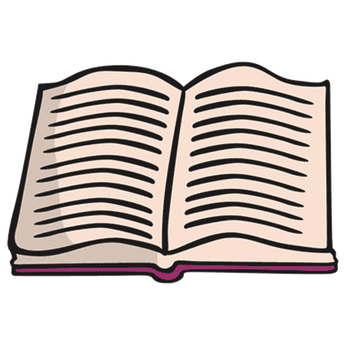
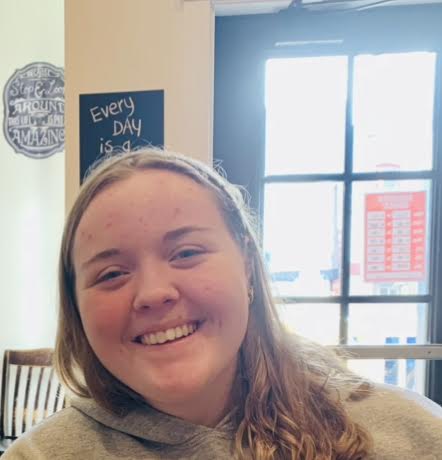
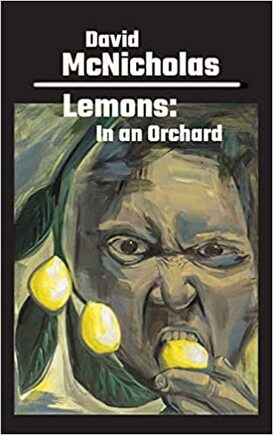
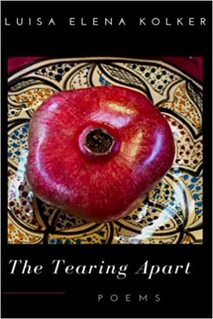
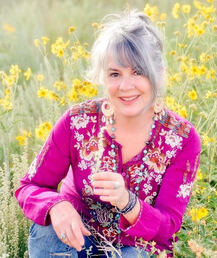
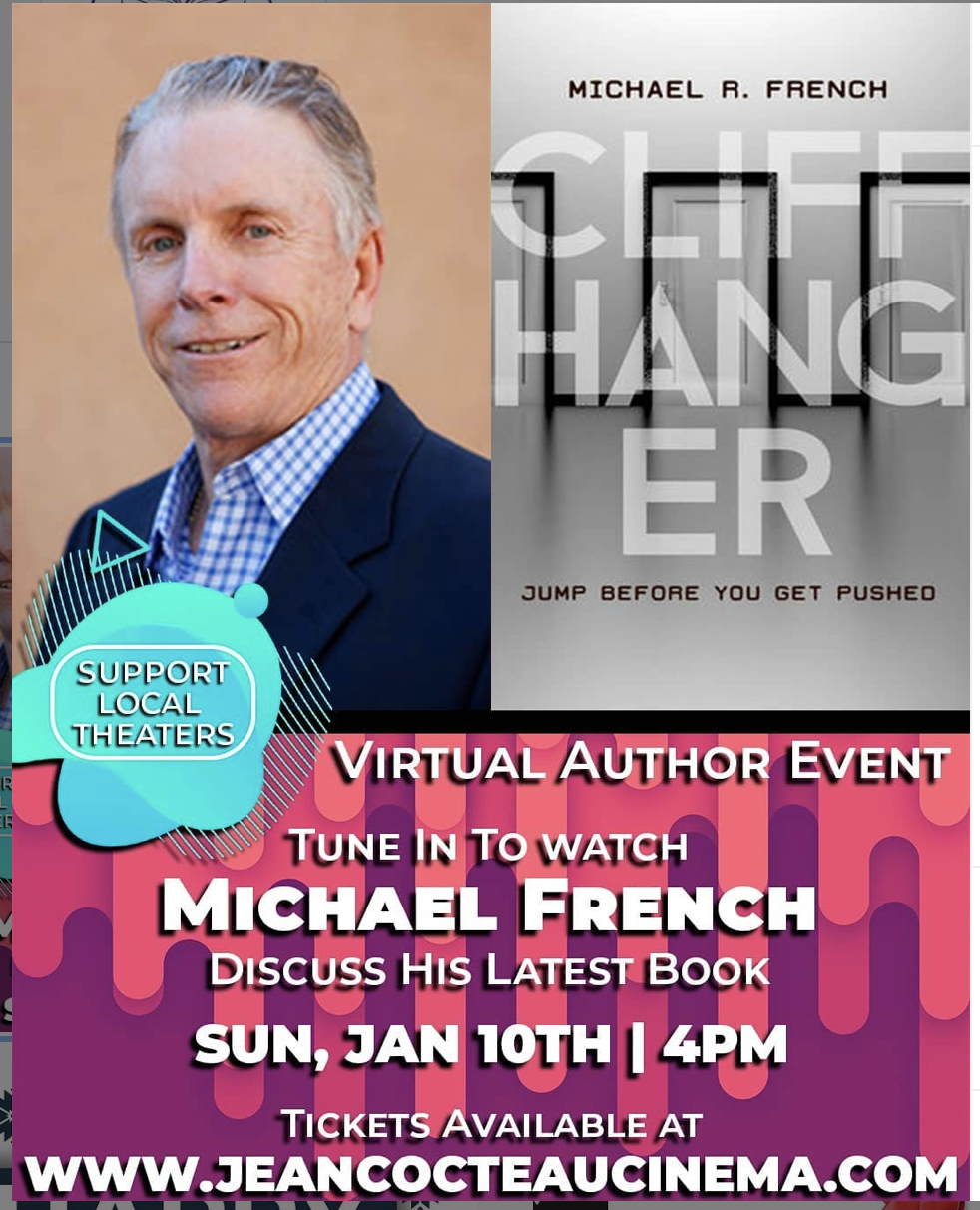
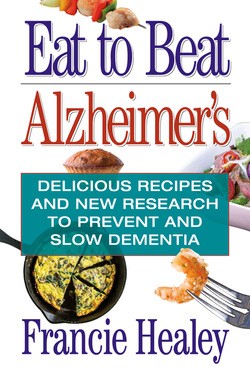
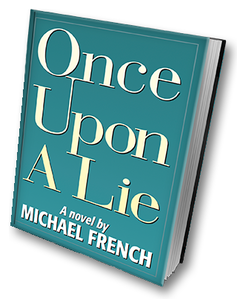
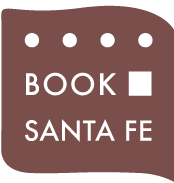
 RSS Feed
RSS Feed
